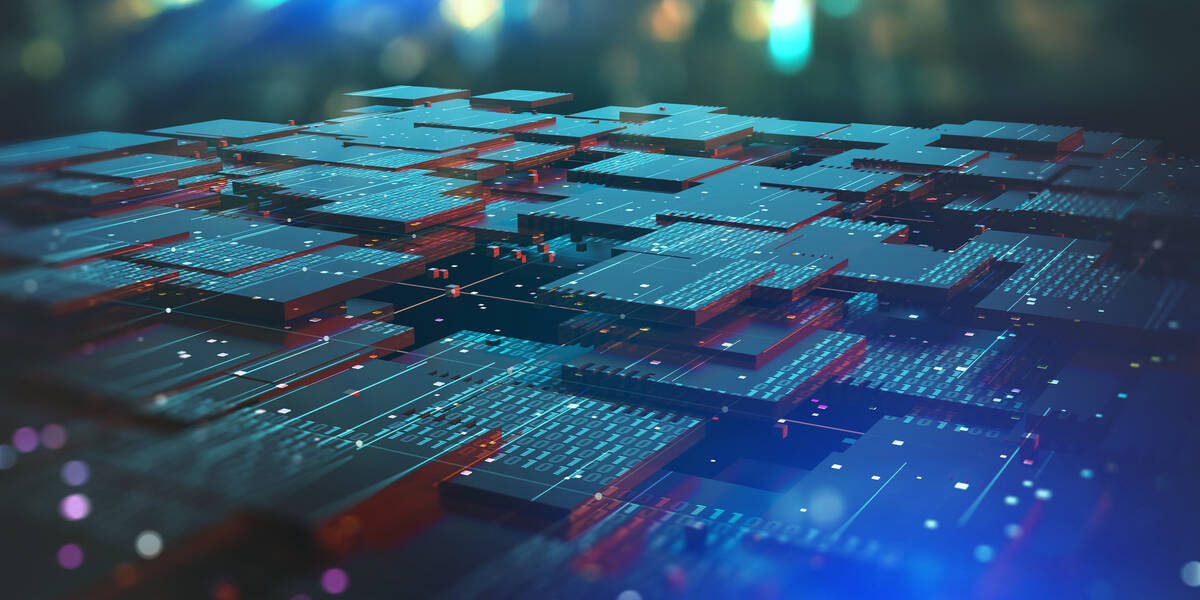Chinese tech giant Tencent has predicted that high-performance computing (HPC), quantum computing, cloud computing and edge computing will soon merge.
That prediction was pitched in the Chinese tech giant’s 2024 top technology trends report, which offers a view of future tech and how it will impact human progress in an unspecified time to come.
The gaming, content, and cloud outfit’s view is that the world is in the midst of a major computing upgrade, with fresh HPC facilities being built and supercomputing capacity increasingly available in the cloud.
Plenty of Tencent’s vision is not unique: the outfit predicts offload of non-critical workloads to edge systems, the rise of computational storage, and celebrates the increasing diversity of special-purpose silicon – much of it developed by hyperscalers. Neuromorphic computing is also a topic about which Tencent is enthused.
When systems employing the abovementioned technologies are paired with quantum computers – which Tencent notes are increasingly available off the shelf – the biz expects workloads will shift between classical and qubit-crunching systems as appropriate, and without data or code being siloed.
And with that, innovation may boom.
Tencent foresees AI implemented on personal devices, reducing dependence on clouds and networks, lowering the cost of adding AI to everyday experiences.
Humanoid robots also get a boost. A combination of large language models (LLMs) and visual language models (VLM) improve the technology’s decision making and interaction, while the cloud/edge combination improves their training speed.
Robotic hands will become more dexterous with mechanical design improvements already under way at the likes of Tencent and Tesla.
Agriculture, or seed breeding, satellite communication, power management, and the way humans interact with their machines are all expected to receive the knock-on effects of the integration of computing technologies.
Tencent sees computers and humans in a symbiotic relationship – whether the interface is used invasively, as in implanted or integrated to the human, or not. Human interaction promotes the development of brain-like computing, while computers improve brain interpretation capabilities, purported Tencent.
And all of this happens against the background of a huge change in the internet – as it moves from a consumer space where humans gather to argue with strangers and look at kitten photos, to an industrial tool. The Chinese tech titan said that the industrial internet – used to collect and analyze data – is already emerging and will continue to optimize.
Which is just what Beijing has said needs to happen for around a decade.
But all of this creates a sustainability challenge. Tencent believes datacenters consume one percent of global energy production, while in China that figure was 2.7 percent in 2020.
“The sharp increase in energy-intensive computing applications such as large artificial intelligence model training is bound to continue to increase this number,” warned Tencent.
Tencent’s numbers may even be optimistic. The International Energy Agency has pegged datacenters as accounting for a third of electricity in some countries, like Ireland, by 2026. The org also predicted Chinese datacenter electricity demand will double to 400TWh by 2030, reaching 300TWh as soon as 2026.
One of Tencent’s identified solutions is better matching power usage to production, which is expected to proliferate as a product of the four computing technologies converging.
Another is liquid cooling – particularly immersive cooling. Tencent indicated the method can provide over 30 percent energy consumption savings.
That pins a lot on immersive cooling, but if Tencent’s thinking is anywhere near correct, perhaps AI will have a solution for that. ®

Wanda Parisien is a computing expert who navigates the vast landscape of hardware and software. With a focus on computer technology, software development, and industry trends, Wanda delivers informative content, tutorials, and analyses to keep readers updated on the latest in the world of computing.


